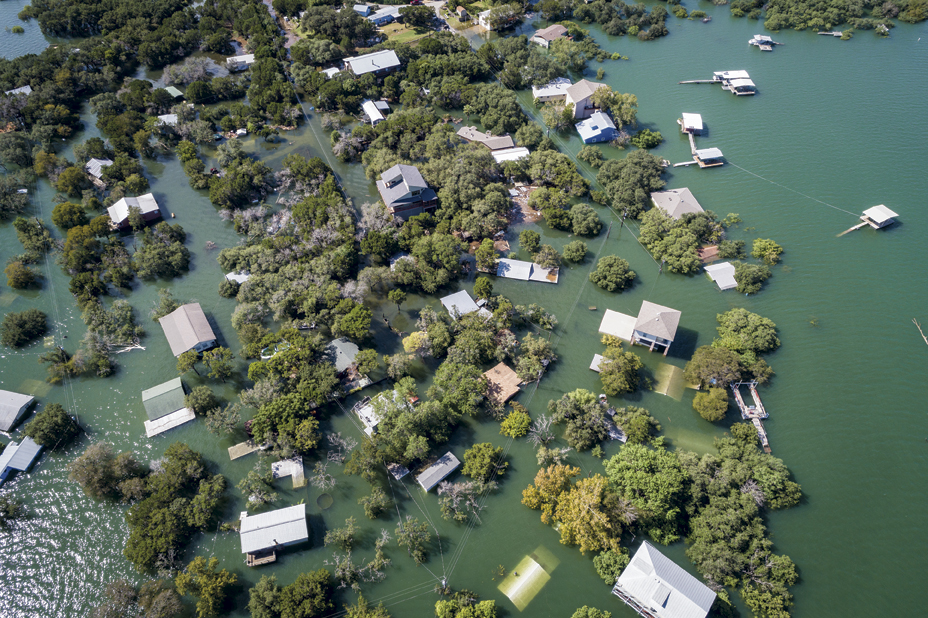A SAFE AND SECURE ENVIRONMENT
Three things agents can do to help clients return to work
By Scott Carroll
As businesses begin to reopen and employees return to work, insurance agents need to keep one thing in mind: managing risk in the workplace. That’s because many clients rely on agents to help manage risk and provide a comprehensive roadmap for reopening. To assist agents in this effort, I’ve developed three detailed steps regarding how they can advise their clients.
Adapting the workplace. The first thing we need clients to acknowledge is that the workplace we left a few months ago is forever changed. The pandemic created health and safety risks that didn’t even exist a short time ago and it’s on business owners to ensure that their workplace is safe.
The problem is that most employers have little to no experience managing a global pandemic or reopening a business that was shut down so abruptly. To that I say, it’s okay to know what you don’t know. Rely on health authorities, such as the Occupational Safety and Health Administration and the Centers for Disease Control and Prevention. The following includes just a portion of their reopening recommendations.
These are indeed unprecedented times for business owners … . Insurance agents hold an obligation to be a trusted resource for clients.
Frequently disinfect commonly used surfaces with disinfectants approved by the Environmental Protection Agency (EPA). Hot spots include surfaces like light switches and doorknobs, as well as anything else the workforce commonly touches. These areas should be cleaned multiple times a week with any products the EPA has deemed effective against COVID-19. If the client is doing the cleaning themselves, they should be outfitted in the proper protective clothing, including gloves and safety goggles. If a cleaning crew is responsible, they should be provided with these materials.
 If possible, clients should also install more hygiene stations offering hand washing soap, sanitizers and paper towels—particularly in locations of high foot traffic and common use. Plus, aside from the regular garbage can, no-touch biohazard waste receptacles are a safer option for discarded gloves and masks.
If possible, clients should also install more hygiene stations offering hand washing soap, sanitizers and paper towels—particularly in locations of high foot traffic and common use. Plus, aside from the regular garbage can, no-touch biohazard waste receptacles are a safer option for discarded gloves and masks.
Additionally, there are social distancing practices to take, i.e., standing at least six feet between individuals. Clients also should consider adding plexiglass extensions to cubicles, put-ting doors on offices, restricting access to common areas, posting signs, putting marks such as decals or colored tape on the floor to emphasize directional traffic flows, or implementing other visual cues to remind employees to maintain a social distance.
Finally, there’s the hot-button issue of testing, which is often not a viable in-business option due to local capacity and availability issues, a lack of immediacy, as well as the fact that testing cannot be administered by on-site clinical staff or contracted nurses. Currently, the most viable testing path is temperature checks, which should be administered daily.
Preparing the workforce. Once workplace protocols are set in stone, clients can be ready to welcome back employees. However, it’s important to note just who will be returning and when they’ll be coming in. Divide the workforce into groups, ranging from least likely to return to most likely to return.
On one end of the spectrum are those in a risk group, such as older folks and those with a pre-existing condition. They should continue to work from home if possible, or at the very least, have a flexible schedule.
Clients must also consider those with childcare or family care issues. Access to childcare may be limited due to the closure of schools, daycares, and remote learning initiatives—leaving parents with no choice but to stay home.
The same can be said for those who live with an elderly relative. If their housemate is going out into the world every day, there’s a chance that they could bring back the disease with them.
Beyond those in high-risk categories, given how rapidly COVID-19 can spread, clients need to be prepared for employees who are not at a major risk, but nonetheless express concern regarding returning.
The answer here is communication, including establishment of a “return to work” contact, who will serve as the employee’s go-to resource for health and safety information. This contact has to be absolutely clear on what specific precautions and protocols are being taken and communicate them every step of the way.
Managing behavior. Perhaps that same “return to work” contact or a co-worker could also serve as the environment monitor. This employee would be responsible for ensuring that all safety precautions, notably social distancing and frequent disinfection, are being followed. They’d also be are source for employees to confidentially communicate any questions, ideas, and concerns.
Essentially, the environment monitor’s role boils down to a behavioral manager. They’re needed because a client could institute all the recommended protocols, but if they’re not followed, it’s all for naught.
One major behavioral change involves staggering employee and customer traffic to reduce physical interaction and increase distancing. That includes staggering times/days for employees to arrive and leave, staggering opening times for customer and client appointments, or even reserving specific hours just for high-risk customers and employees.
Non-essential visitors and travel may also be a thing of the past. Clients need to define who they believe to be an essential visitor, then have them participate in all of the same health protocols that an employee would. Regarding travel, simply try to limit it as much as possible and push for teleconferencing where feasible.
Even with all this in mind, the risk of an employee contracting the virus still exists. Instead of living in fear, we should encourage our clients to be prepared for the worst. They should immediately send home those who are symptomatic and have them quarantine for 14 days. Those who came in close contact with a sick person should also be afforded a multi-day at-home work period. Finally, when all else fails, clients must have a contingency plan in place for a temporary workplace closure.
Looking ahead
These are indeed unprecedented times for business owners across the country. Insurance agents hold an obligation to be a trusted resource for clients. It’s their responsibility to monitor government and health authority guidelines—advising clients when necessary. We know that one day things will progress past where we are now. Advancements like widely available antibody tests and eventually a vaccine will be a reality. When that day comes, clients will look for advice again, and agents should be right there to provide it.
The author
Scott Carroll is executive vice president and program director of Take1 Insurance.






